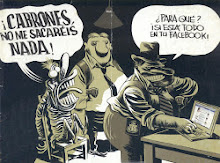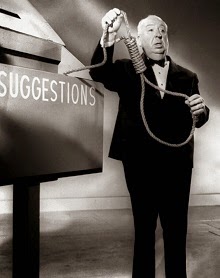Michael Dirda
In 2015, Martin Edwards brought out “The Golden Age of Murder,” a history of Britain’s Detection Club that went on to sweep nearly all of crime writing’s nonfiction awards. Little wonder. It is an irresistible book, packed with insider anecdotes about a secretive association boasting such celebrated members as G.K. Chesterton and R. Austin Freeman (creators of Father Brown and Dr. Thorndyke); the crime queens Dorothy L. Sayers and Agatha Christie; that master of the locked-room puzzle, John Dickson Carr; and, not least, co-founder A.B. Cox, equally accomplished whether writing as the witty Anthony Berkeley (“The Poisoned Chocolates Case”) or the bone-chilling Francis Iles (“Before the Fact”).
Since “The Golden Age of Murder” appeared, Edwards — himself a gifted and prolific writer of mysteries, as well as a scholar of the field — has emerged as a driving force behind the republication of older detective fiction, contributing introductions to many of the titles in the series British Library Crime Classics. All that reading lies behind his new work of critical appreciation and rediscovery, “The Story of Classic Crime in 100 Books.”
Note that phrase “classic crime.” Edwards focuses on the first half of the 20th century, the period between Arthur Conan Doyle’s “The Hound of the Baskervilles” (1902) and Julian Symons’s “The Thirty-First of February” (1950). While he does include a few Americans — Dashiell Hammett, Patricia Highsmith — as well as the Belgian Georges Simenon and the Argentine H. Bustos Domecq (the collaborative pen name of Jorge Luis Borges and Adolfo Bioy Casares), the emphasis is overwhelmingly on British writers. To ensure as wide a net as possible, he generally selects just one title by his chosen author, usually his or her first major work. Agatha Christie is the principal exception: She is represented by “The Mysterious Affair at Styles” and “The Murder at the Vicarage,” which introduce, respectively, her detectives Hercule Poirot and Jane Marple. However, Edwards can’t resist adding another Poirot, “The ABC Murders.”
hough all three of these whodunits showcase Christie’s excellence, only the last approaches the ingenuity of her supreme masterpieces, “And Then There Were None,” “The Murder of Roger Ackroyd” and “Murder on the Orient Express.” This is worth emphasizing because Edwards’s history shouldn’t be viewed as a list of the absolutely greatest works of mystery and detection. If you need such a guide, you should look for H.R.F. Keating’s “Crime and Mystery: The 100 Best Books” or the unannotated “Classic Crime Fiction: The Haycraft-Queen Cornerstones” (freely available online). Edwards instead emphasizes the genre’s artistic range. He draws especial attention to titles that “cast a light on human behaviour, and display both literary ambition and accomplishment” and those that highlight an era’s sociopolitical concerns: “Even unpretentious detective stories, written for unashamedly commercial reasons, can give us clues to the past, and give us insight into a long-vanished world.”
For each of his 100 titles, Edwards provides a two- or three-page mini-essay, outlining the mystery’s setup — while carefully avoiding spoilers — and closing with a brief paragraph about the author. Good as these appreciations are, they might have avoided a certain stylistic sameness by quoting more frequently from the chosen books.

























.jpeg)








0 comentaris:
Publica un comentari a l'entrada